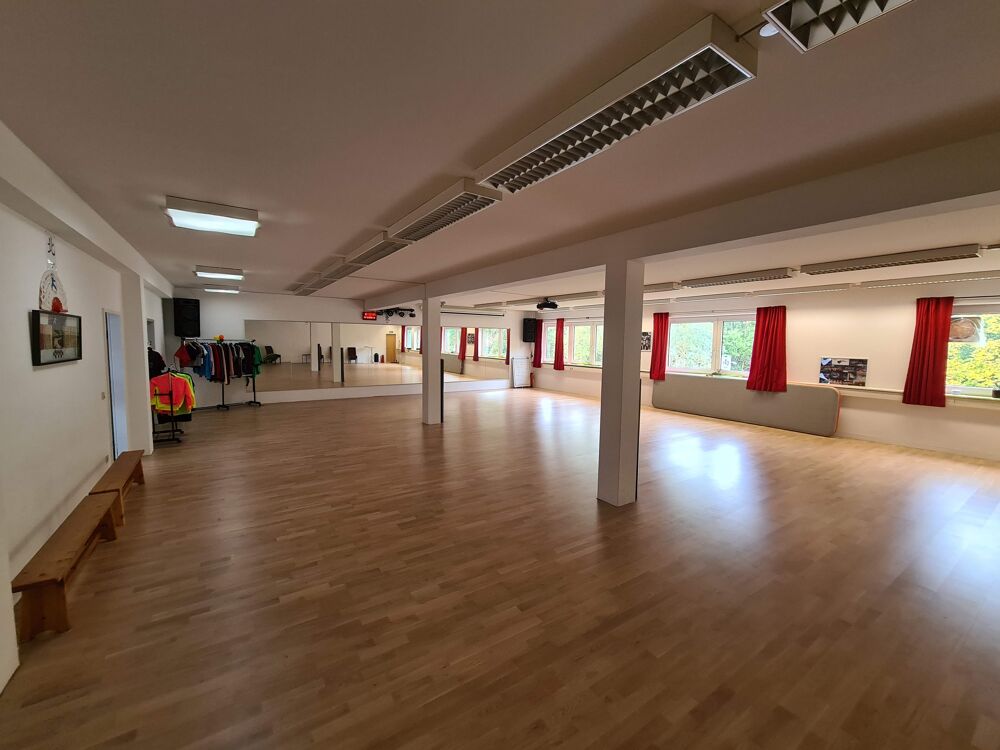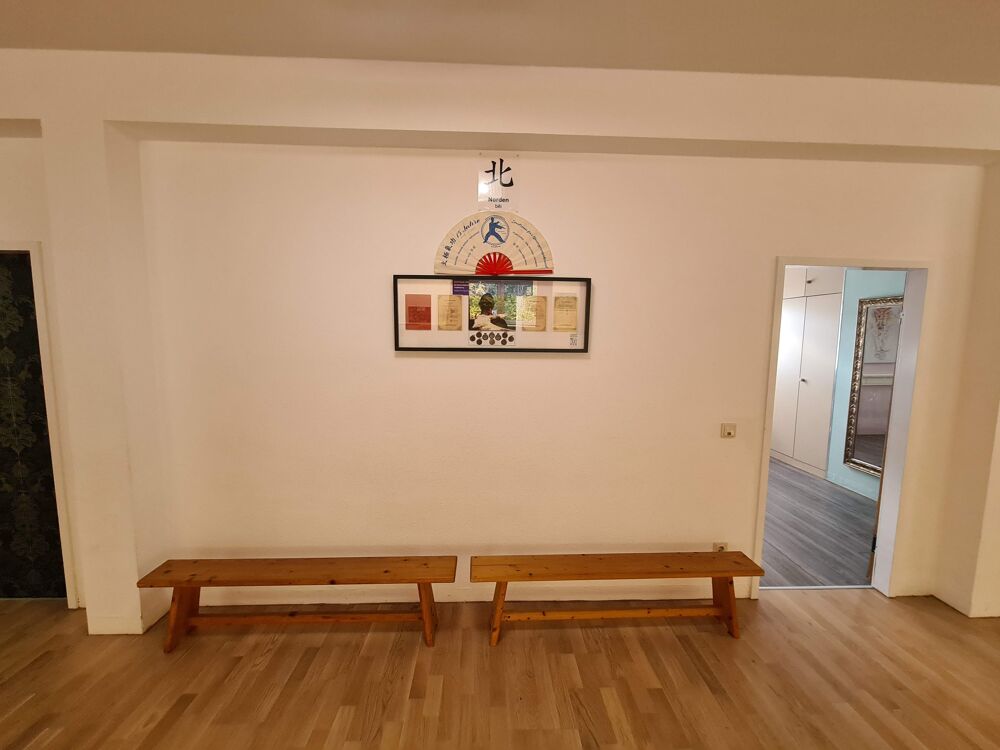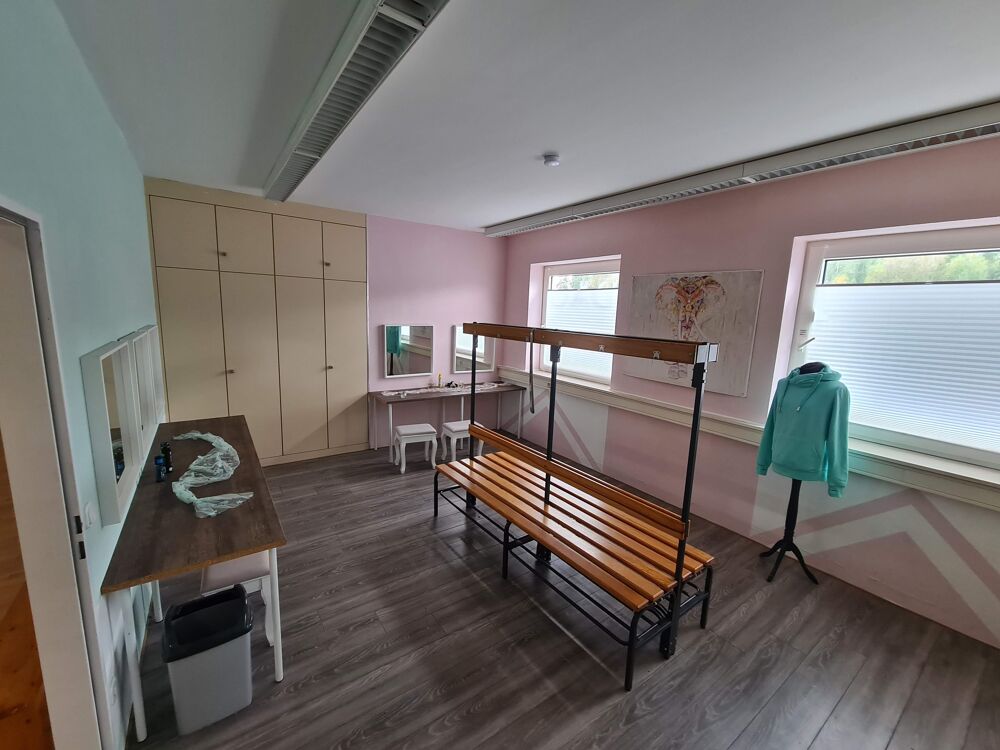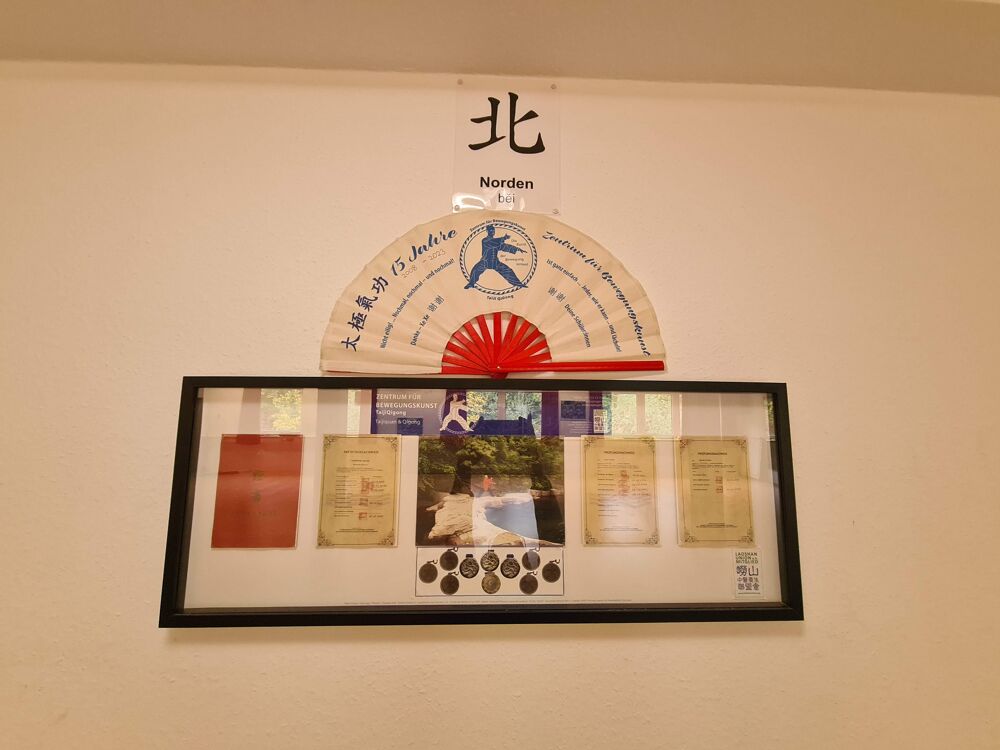



We also offer
Our Services
Achieve your goals with our best equipment, our comprehensive service and our relaxing wellness offers. With us you will find everything you need for a perfect workout.
Fitness Training
- Courses

There may be additional costs for use on site
Description
Center for the Art of Movement Taijiqigong
Practice and train QiGong and TaiJi in Bochum
Would you like to become stronger, more elastic and fitter, do something for your health and relax at the same time?
Then TaiJi and QiGong is just right for you!
Interested but no experience yet?
That doesn't matter, because we've all started at some point.
QiGong, the basis of Taiji (Tai Chi / TaiChi)
is an interplay of body (movement), breathing (metabolism) and mind (perception).
Qi means life energy and gong means working with your own life energy, which involves being physically active with a lot of inner awareness and activation of your own inner structures such as muscles, tendons, fascia and ligaments.
QiGong is based on the basic knowledge of Traditional Chinese Medicine (TCM) and, if practiced regularly and correctly, can achieve effective disease-preventive and/or therapeutic-medical effects.
Medical means practicing according to and with the criteria and principles of TCM, without a spiritual or esoteric background.
Through the meditative and at the same time strengthening and elastic movements, the practitioner succeeds in becoming so mindful and attentive that the flow of Qi, i.e. the life energy, can be perceived internally.
Qi Gong can have a supportive effect on burnout, depression, Parkinson's, back pain, arthrosis, high blood pressure and high cholesterol, as well as rheumatism.
Anyone can activate Qi and use it effectively. It does not matter which exercise series is performed to achieve medical effects, what is important is how it is performed.
Taijiquan (shadow boxing)
Tai Chi as taught at the TaijiQigong Center for the Art of Movement focuses on the cultivation of life and traditional Chinese medicine.
As in QiGong, the main guideline and goal is to create harmony between body, mind and breathing, which can lead to physical and mental relaxation.
The movements of Tai Chi are supple, elastic, adaptable to the respective stage of life and originate from fighting techniques, but also from observations and imitations from the animal and natural world.
If TaiJi, Tai Chi, is practiced regularly and correctly, effective disease-preventive and/or therapeutic-medical effects can be achieved, as in QiGong.
Like QiGong, Tai Chi can therefore also have a supportive effect on burnout, stress, depression, Parkinson's disease, back pain, osteoarthritis, high blood pressure and high cholesterol, as well as rheumatism.
TaiJiQuan means that a form is performed using only the bare hands. Performing a form without an exercise partner, i.e. only for and with oneself, coined the term shadow boxer.
This is the only way to explain why there are so many different forms, all of which can be categorized as TaiJiQuan.
A distinction can be made between academic, sporting and traditional family forms.
The Yang, Chen, Wu and Sun styles belong to the family-traditional forms. Most followers are found in the Yang style, although there are also different types here.
Practice and train QiGong and TaiJi in Bochum
Would you like to become stronger, more elastic and fitter, do something for your health and relax at the same time?
Then TaiJi and QiGong is just right for you!
Interested but no experience yet?
That doesn't matter, because we've all started at some point.
QiGong, the basis of Taiji (Tai Chi / TaiChi)
is an interplay of body (movement), breathing (metabolism) and mind (perception).
Qi means life energy and gong means working with your own life energy, which involves being physically active with a lot of inner awareness and activation of your own inner structures such as muscles, tendons, fascia and ligaments.
QiGong is based on the basic knowledge of Traditional Chinese Medicine (TCM) and, if practiced regularly and correctly, can achieve effective disease-preventive and/or therapeutic-medical effects.
Medical means practicing according to and with the criteria and principles of TCM, without a spiritual or esoteric background.
Through the meditative and at the same time strengthening and elastic movements, the practitioner succeeds in becoming so mindful and attentive that the flow of Qi, i.e. the life energy, can be perceived internally.
Qi Gong can have a supportive effect on burnout, depression, Parkinson's, back pain, arthrosis, high blood pressure and high cholesterol, as well as rheumatism.
Anyone can activate Qi and use it effectively. It does not matter which exercise series is performed to achieve medical effects, what is important is how it is performed.
Taijiquan (shadow boxing)
Tai Chi as taught at the TaijiQigong Center for the Art of Movement focuses on the cultivation of life and traditional Chinese medicine.
As in QiGong, the main guideline and goal is to create harmony between body, mind and breathing, which can lead to physical and mental relaxation.
The movements of Tai Chi are supple, elastic, adaptable to the respective stage of life and originate from fighting techniques, but also from observations and imitations from the animal and natural world.
If TaiJi, Tai Chi, is practiced regularly and correctly, effective disease-preventive and/or therapeutic-medical effects can be achieved, as in QiGong.
Like QiGong, Tai Chi can therefore also have a supportive effect on burnout, stress, depression, Parkinson's disease, back pain, osteoarthritis, high blood pressure and high cholesterol, as well as rheumatism.
TaiJiQuan means that a form is performed using only the bare hands. Performing a form without an exercise partner, i.e. only for and with oneself, coined the term shadow boxer.
This is the only way to explain why there are so many different forms, all of which can be categorized as TaiJiQuan.
A distinction can be made between academic, sporting and traditional family forms.
The Yang, Chen, Wu and Sun styles belong to the family-traditional forms. Most followers are found in the Yang style, although there are also different types here.

